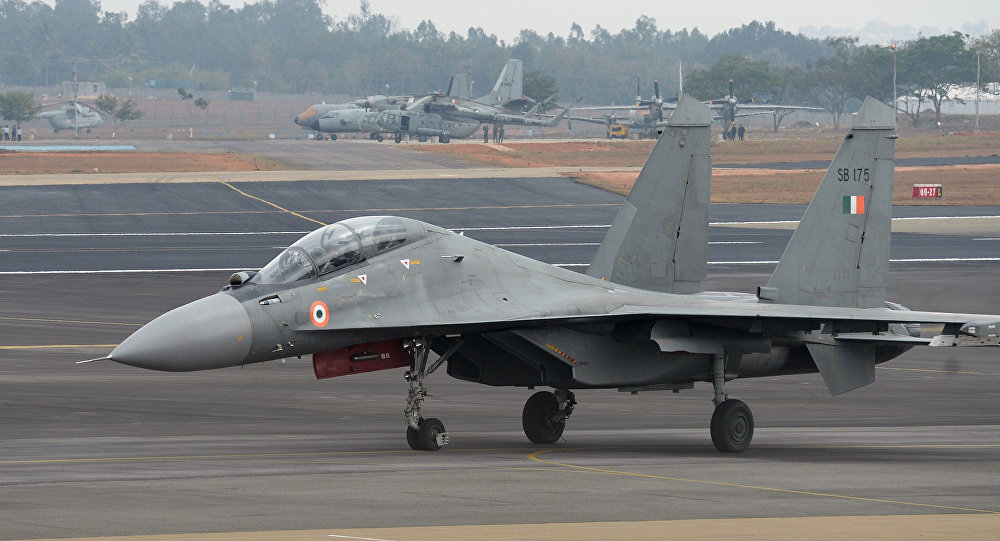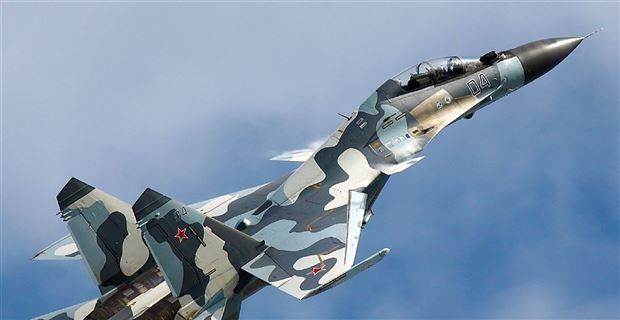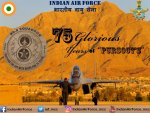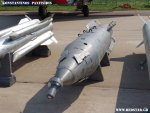Spares issue could be resolved if GoI provides assurances
Russian firms want purchase assurance from India: Official
PTI|
Dec 07, 2017, 02.36 PM IST
0Comments
Kaldov said Indian officials have told them that Russian manufacturers to participate in international tender exercise if they want to sell their products to the Indian armed forces.
India should assure Russian companies that it will buy their India-made spares and not go for cheaper purchase from a third country to address its armed forces long grievance of delays in procuring critical defence equipmentfrom Moscow, a top Russian official has said.
Viktor N Kladov, director for international cooperation and regional policy, Rostec, a state-owned Russian defence and industrial group, said Russia has chalked out a strategy to build technical service centres in India dedicated for specific equipment.
"India has bought a lot of Soviet and Russian made defence equipment and a bulk of these equipment requires modernisation, upgrade and repair and this can be done in the country (India).
"The way to address this problem is to set up facilities with our partners. We also need assurance from the Indian side that their products will be used by the end user," Kaldov told PTI here.
It has been a long-standing grievance of the Indian armed forces that supply of critical spares and equipment from Russia takes a long-time, affecting maintenance of military systems procured from Moscow.
Terming it a "complicated issue", Kaldov said Rostec was cooperating with Indian defence ministry to address the problem and manufacturing company Russian Helicopters plans to create service in India on the principle of "one window", which will simplify and accelerate the work in this direction.
"This is a pilot project and India is the first country where it is being implemented. India is interested in the implementation of this project, as it is operating the largest fleet of Russian helicopters," he said.
Russia has been a major supplier of military platforms to India.
Kladov said Rostec companies were interested in increasing the efficiency of after-sales service and simplifying the procedures for supply of spare parts to India.
"About a year ago, the Government of Russia decided to grant the right to a number of major Russian defence industry companies to directly conduct after-sales service, repair and modernisation of previously delivered military hardware.
"Now Russian Helicopters, United Engine Corporation, Techmash, Schwabe and High-Precision Weapons can directly interact with Indian customers on these issues," he said.
Kaldov noted that the very sophisticated defence equipment needed to be addressed in a specific workshop and licensed parts and spares should be used and technology of repair should be controlled by the manufacturer and the chief designer of the products.
"This is an issue which is both sided. And our rule is to provide life time support for the equipment. Sometimes the end user becomes opportunistic and its looking to buy spares elsewhere to make it cheaper. So they are outsourced in other countries," he said.
Kaldov said he had pointed out the concerns of the Russian companies regarding production of spares in India in his recent meeting with an Indian minister.
He said the company was offered a space to set up a facility to produce components, spares for electronics, machinery, engines and helicopters in Maharashtra.
Kaldov said Indian officials have told them that Russian manufacturers to participate in international tender exercise if they want to sell their products to the Indian armed forces.
"We will set up facilities and this can only be done if the Indian government assures that the Russian products will be purchased," he said.
Speaking on the issue of India inching closer to the US and Israel in terms of defence deals and procurement, Kladov said he did not see it as a threat, but as a challenge for Russia as the market is becoming more competitive.
"We don't see it as a threat rather as a challenge. It gives us thrust to do better and be more innovative and proactive. We don't fear competition. Let's look at the broader picture, its industrial cooperation, strategic trust which gives us a cutting edge," he said.
Calling the relationship between India and Russia a "privileged strategic partnership", Kladov said it meant "we trust our Indian partners with most sensitive defence inventions and achievements".
"America has many competitive products to offer. It's for Indian government to choose. It's up for the Indian government to build up balances. I can only speak on behalf of the Russian side. We are firm friends and strategic partners of the Indian republic," he said.
Russian firms want purchase assurance from India: Official
That's a completely different issue. The Russians have now realized that they won't be getting any order big ticket item on a silver platter like before. So they're trying to squeeze the maximum out of whatever they've already sold to us.
With the opening up of western suppliers, we've been modernizing the soviet-era weaponry with alternative sub-systems, and the Russians are loosing a lot of money over that as their main source of income is not actually the initial capital paid for the purchase of the system, but rather for spares and maintenance cover of the said system. That's why most of the Soviet/Russian systems have such low availability as they force us to buy spares directly from Russia as they refused to share ToT with us.
Now, as far as the Su-30MKIs are considered, steps have been taken to address the spares/availability issue.
India and Russia on Friday signed two long-term support agreements for the Sukhoi Su-30MKI combat aircraft fleet, which is the mainstay of the Indian Air Force (IAF).
The pacts provides for an upgraded schedule for delivery of spares from Russia for these jets, local manufacturing of parts and a proposed logistics hub for the fighter jets in Bengaluru by HAL.
India, Russia sign long-term support pact on Sukhoi Su-30MKI





 Sounds Legit.
Sounds Legit.


